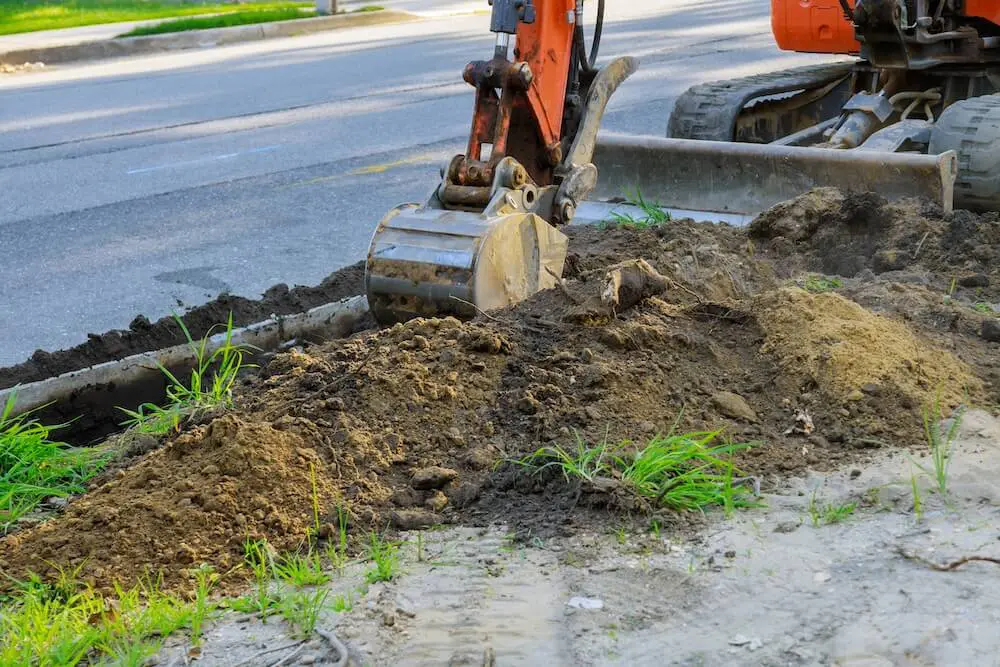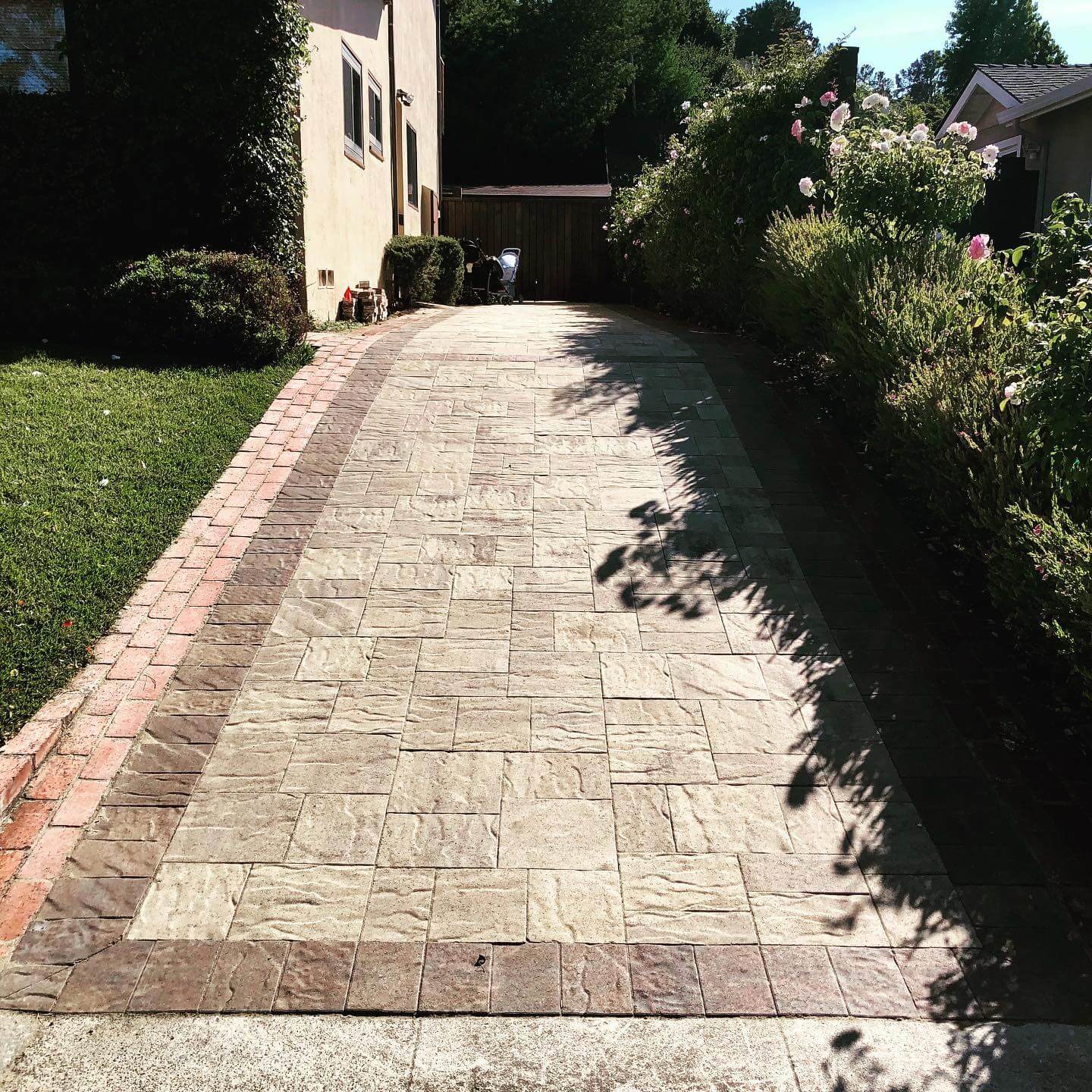
Excavation Types & Environmental Burdens
Excavation is the art and science of creating a man-made cut or cavity within the surface of the Earth. Soil excavation is crucial for construction projects like water and sewer piping, power line construction, restoring foundations, and another structural work type. Excavation of soil is carried in the removal of contaminated ground above the ground-water level potentially aided by groundwater extraction.
In a few soil types (clay, loam) light excavation activities without drainage are also done below the ground-water level. The downside is the elevated water content in the excavated soil. Excavation should occur when dry, unless for the removal of floating layers whereas ground-water extraction only occurs once the floating layer has been ejected.
Cuttings are performed with the help of hydraulic tools and equipment; in reality, a shovel is used for shallow large-scale burrowing. A hydraulic digging machine for deeper and more detailed excavations. After excavation, the soil is stored in a temporary depot or is instantly transported to a final processing location.
During ‘dry’ excavation, one should examine the potential volatilization of the contaminant or odor discharge in the presence of volatile pollutants. If there are unbearably high threats in the environment, it may be compulsory to remove volatile pollutants from the soil – via soil air extraction – before excavation, to excavate in stages, or excavate under a small territory.
Excavation work usually means work implying the removal of soil or rock from an area to form an open face, hole, or cavity, using tools, equipment, machinery, or explosives.
This work can occur anywhere, including:
- on construction sites
- on business premises
- in public areas
Three Types of Soils
It can be an extremely dangerous task for workers, so it’s necessary to use caution and know all the different soil types. Experienced workers should be educated on the four different classifications of soil to gain the best results for excavation.
Type A
Type A soil is cohesive and the most durable type of all three soils. Type A soil includes sandy clay, clay loam, and silty clay. However, if the soil is cracked or staked to vibration from traffic, it is not Type A soil because this soil has never been disturbed before.
Type B
Type B soil is also cohesive soil and has a compression strength lower than Type A soil. Type B soil is crooked gravel, much like crushed rock. These soils have been previously disordered, unlike Type A soil.
Type C
Type C soil is the final type of soil which is also cohesive. Type C soil contains sand and gravel. This soil also permits water to easily pass through. Type C soil can also be swamped rock that is unstable.
Cohesive soil specifies that the soil has a lofty clay content, and does not disintegrate easily. When wet, it can be excavated with plastic. Granular soil can not smoothly be shaped when wet.
Learn About Keystone Yard’s Comprehensive Landscaping Services
Different Excavation Situations
Excavation is a wide term used to move or remove earth or other materials with tools or machinery. Excavation can be employed in several different situations, such as the construction of buildings & bridges, fixing underground utilities, and building tunnels.
Depending on the situation, and the material being excavated, the most effective method of removing it can vary.
Excavation Materials
Some methods will be more competent than others. Depending on how you should approach your project, here is a list of the main types of material.
Sand & Fine Soils Excavation
Sand and fine soil excavation are one of the primary excavation techniques. This involves the abstraction of fine materials, such as sand, from an area. Sometimes, this method is used to wrap up and move the material. Another hand is just used to extract the material from the area.
Almost every method for burrowing efforts with sand and fine soil except drilling. You must take into account the size and type of the operation. Whether or not you project on reusing the material you are excavating when taking into consideration your different options.
Topsoil Excavation
Topsoil excavation is the technique of excavating that is described by the material: the top level of soil including vegetation or its root territory. This method is used to remove anything that would be unsustainable to carry structural loads. This includes foliage, soil, and any other decaying debris.
Topsoil excavation is one of the most familiar trenching methods.
Rock Excavation
Rock excavation, one of the more difficult operations, is the method of clearing rocky land and layers to prepare for a construction plan. Due to the lamina and hardness of the rocks, more traditional equipment such as diggers, excavators, and picks aren’t effective in breaking up and replacing this material.
Depending on the size and type of the rocks, you can use drills or even bombs to pierce and break up the rock making it small enough to excavate easily.
Muck Excavation
Muck excavation is the blend of liquid, usually water, with dirt, creating a messy rough material. This can be unpleasant and negatively impact nearby rivers, lakes, or ponds.
Using large mining machinery such as diggers, excavators, or vacuum excavators you can pile up the material and spread it out allowing it to dry up or you can transfer it.
Earth Excavation
Earth excavation is the technique of removing the soil discovered underneath the topsoil. Usually, a method to knock down structural foundations can also be used for making drainage ditches and other projects.
With most earth cutting and digging projects being a bit large, they will normally be operated by excavation machinery such as suction excavators, diggers, and dump trucks.
Liquid
Not to be confused with muck type, liquid excavation is the displacement, relocation, and more often disposal, of liquid from a territory This is usually performed on small ponds, lakes, or silos, as well as removing liquid from projects which have assembled as a result of bad weather.
This is performed by machines such as suction excavators and vacuum trucks.
Cut and Fill
Cut and fill excavation is sometimes known as stripping method and is a technique that construction companies use to explicitly prepare large zones. This method consists of removing all of the material such as rock, sand, and topsoil that would be unsuitable to work on.
This method usually requires large vehicles such as excavators and backhoes.
Trench
A trench is an excavation where the length exceeds the depth and is used to draw up or replace underground mileage, foundations, and sewer systems.
The method of performing trench burrowing is dependent upon several factors including its size, the possibility of underground utilities, and matter. This means that the most efficient method changes from project to project, and should always be handled with caution.
If there is a possibility of coming across underground utilities, we would suggest first supervising an underground utility survey to help find these utilities. If utilities are located lower risk techniques such as vacuum excavation and manual digging are suggested depending on the project size.
If there is nothing to attend to, and the project is a huge one, then use a large excavation vehicle.
Also Learn About Keystone Yard’s Comprehensive Landscaping Services
Dredging
Dredging is the eradication of built-up underwater sludge which can make it arduous for boats to cross or for construction to get underway. With time, litter and other debris can pile up in an area which can make it threatening for vehicles and can hinder construction.
Depending on the type of dredging, it can either be conducted from land by vehicles such as vacuum excavators and grab dredgers or by water using naval excavators.
Basement
Basement excavation is the holloing of the area underneath a property. This can be a very complex procedure. It is noteworthy that the equipment used for this is accurate and for the situation.
The best equipment for this technique changes depending on the opening size, property size, and basement size.
Bridge
When constructed, bridges require very hard foundations to make sure that they don’t become a threat in the future. That’s why the area must be accurately excavated and inspected before construction begins.
Certain materials and objects that may negatively impact the bridge’s stability and construction efficiency will need to be eradicated to keep the project running efficiently. Adopting the right method depends on the project size and the location of the bridge.
Most bridges need large construction vehicles such as excavators, and diggers to make sure the construction is as cost-effective as possible.
Borrow
Borrow excavation is different from most mining types. The goal is not to remove the material but instead to replace it to be used for an individual project. This type of excavation is often used for sand, gravel, and soil, with plans to mix it with other materials such as concrete.
Borrowing not only demands a method for the initial excavation but also requires settling and grading later on. The most effective equipment for this excavation type can range from suction excavators to dump trucks, depending on the margin of the borrowed material.
Channel
Channels and bodies of flowing water can rapidly accumulate sediments and other debris. The prime goal of channel excavation is to exclude piled sediments and other debris to help regulate the flow of water and decrease the possibility of flooding. The size of the channel may vary between tasks meaning the amount of sediment to remove.
Drainage
Drainage systems are used to transfer water and other liquids from one location to another. To prevent blockages and flooding they must remain plain and unblocked.
This type of excavation is done for drainage ditches, storm drains, and draining waste around structures. Drainage systems are usually small and hard to get, selecting accurate forms of excavation is necessary. It includes manual methods such as handheld tools and powered machinery like suction trucks and vacuum excavator trucks.
Environmental Burden and Measures of Excavation to be Implemented
Volatile organic compounds or dust may be liberated during excavation, depending on the type of contaminant present, the concentration and the distribution of the components, the porousness, and the ground’s moisture content. The important variables are the period of the excavation and the size of the executed equipment. The longer and more extensive the excavation activities, the greater the probability that organic components will disperse.
Burrowing and removal of contaminated ground is an authentic method except in cases where the discharge of excretions into the atmosphere devises a great danger to on-site work activities. For instance, territories polluted with benzene or other volatile carcinogenic components.
Emissions that are emitted during excavation vary from event to event and are measured by the speed at which excavation takes place, the ground’s height of fall, the size of the excavated floor, wind speed, temperature, excavation surface, and the period for which the excavated floor remains at the zone.
The primary emission sources are:
- the uncovered excavated well
- the discarding of the excavated ground
- the excavated ground in the store
- discharge from digging machines and lorries during transport
The largest amount of VOS is volatilized during excavation. It is stated that about 70% of the mass of volatile organic substances, such as xylene, can be discharged during soil excavation. For moist grounds, one should conduct based depending on the outside temperature.
Several precautions are necessary to reduce emissions of VOS, dust, and dirt. Generally, initiatives that are necessary to lessen dust will also have an impact on emissions of VOS and vice-versa. In contrast to point sources, VOS emission contraction in excavation is more arduous to execute and is only comparatively efficient.





